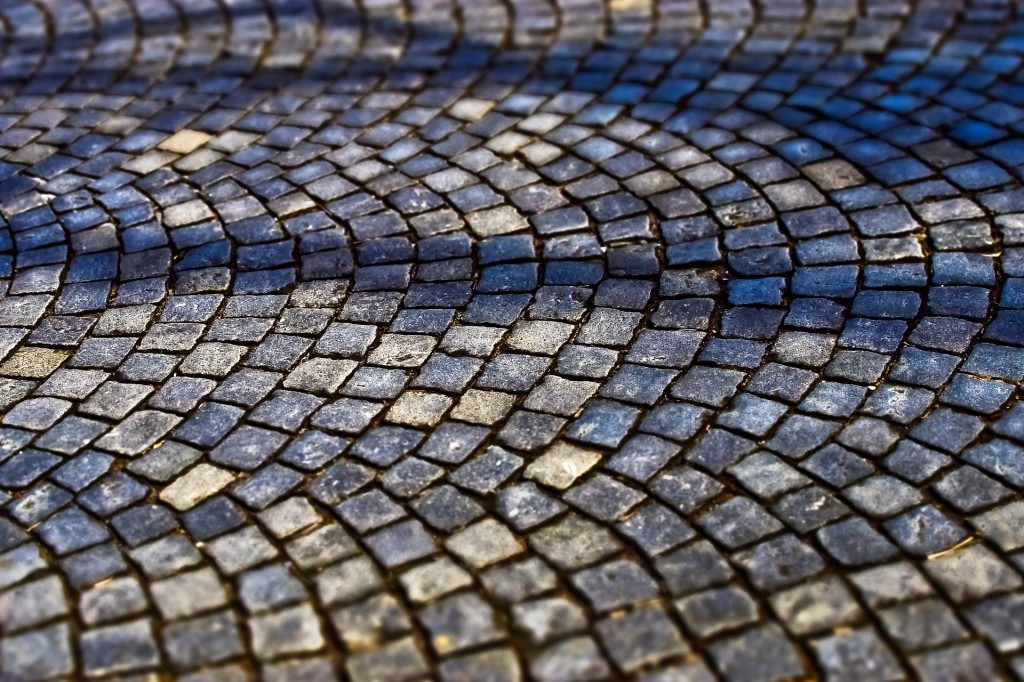
More and more homeowners are turning to natural paving stones when it comes to residential driveway applications – not only are they highly attractive, they can be environmentally friendly and are more than capable of withstanding heavy vehicular traffic. If you have chosen to complete the project yourself rather than hire a professional, you’ll find these laying instructions useful:
- Test the Soil & Excavate
It’s always a good idea to call a dial before you dig service prior to digging around your property to ensure that there are no hidden utilities. It’s also a good idea to perform a percolation test to see how quickly the soil absorbs water. You will need to dig to a minimum depth of around 15 inches (deeper if the soil test results specify this).
- Prepare the Base Layers
Cover the ditch with a 6 inch deep layer of washed crushed stone. It should have sharp edges that knit together – river gravel will not work for this application. Go over this layer twice in different directions using a plate compactor. Top with a 4 inch deep layer of smaller washed crushed stone, and compact this layer twice as well.
- Lay the Paving
Starting at the lowest corner, set the paving stones into the ditch. Be sure to keep tight to the edging and to each paver. Keep in mind that nibs on the sides of the pavers will automatically create drainage gaps. Check every 6 to 10 feet to ensure that the stones are square to the first row. Place all the full size pieces first then go back to fill gaps around the edges.
- Fill the Joints
Once the stones have been laid, sprinkle some stone (the smaller of the two used back in step number 2) on the surface. Sweep it into the gaps between pavers using a broom, pushing it diagonally across the surface so that you don’t dislodge any that have already settled in the joints. Sand can also work for filling joints if you prefer.
- Tamp the Surface
Sweep the surface of the driveway clean, then run a plate compactor diagonally over it. The vibrations of the machine will pack the pavers firmly into the base layers and help to lock them into place. Refill any joints that have settled deeply and compact the surface again. Now, your driveway is ready to be used and broken in.
The process of laying paving stones for residential driveway applications might sound simple when it’s outlined as we have done above, but it’s important to note that this is not a task that should be taken lightly. There are a lot of things that can go wrong and not realising your mistakes until you reach the end could mean a lot of stress, hassle and added cost.
